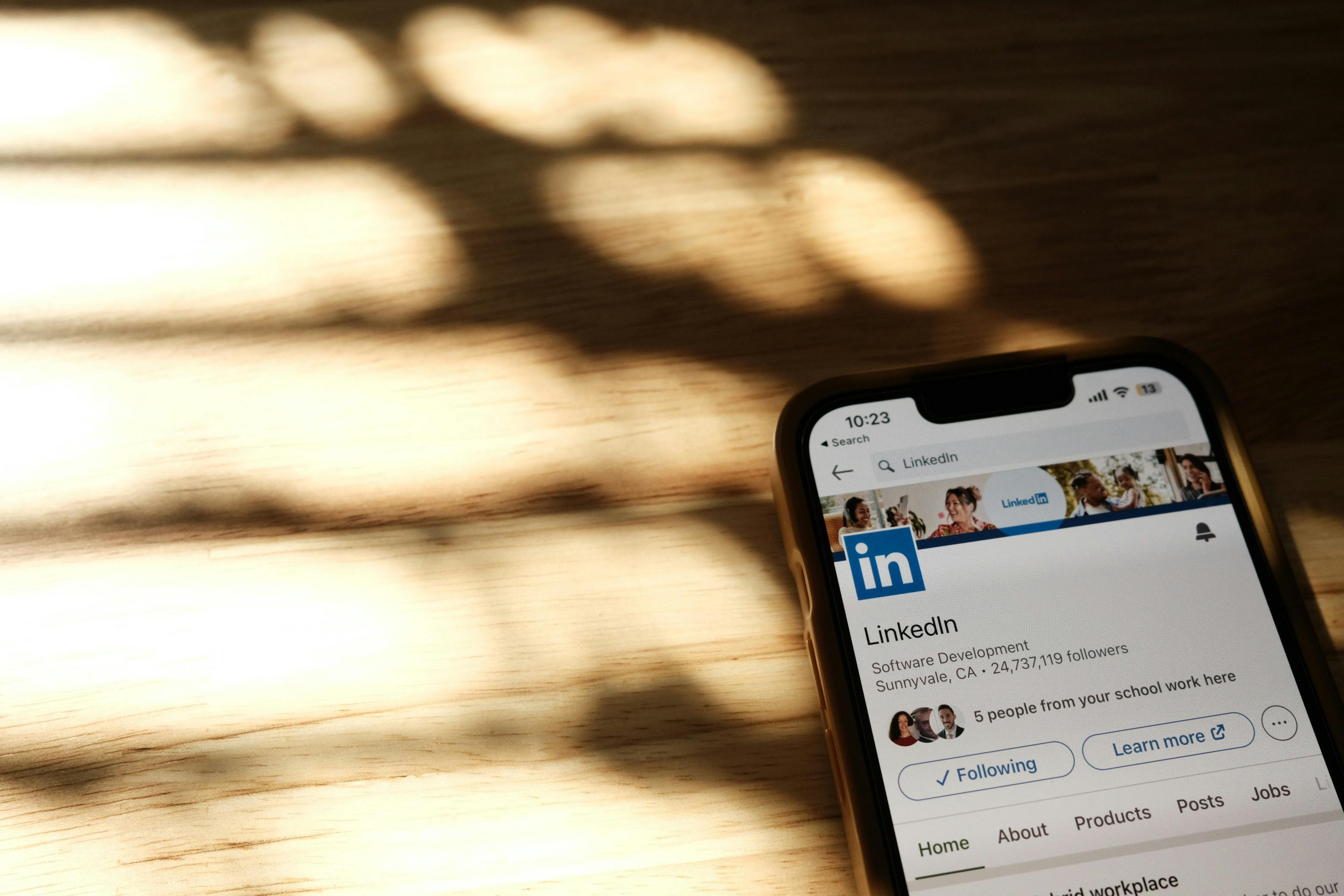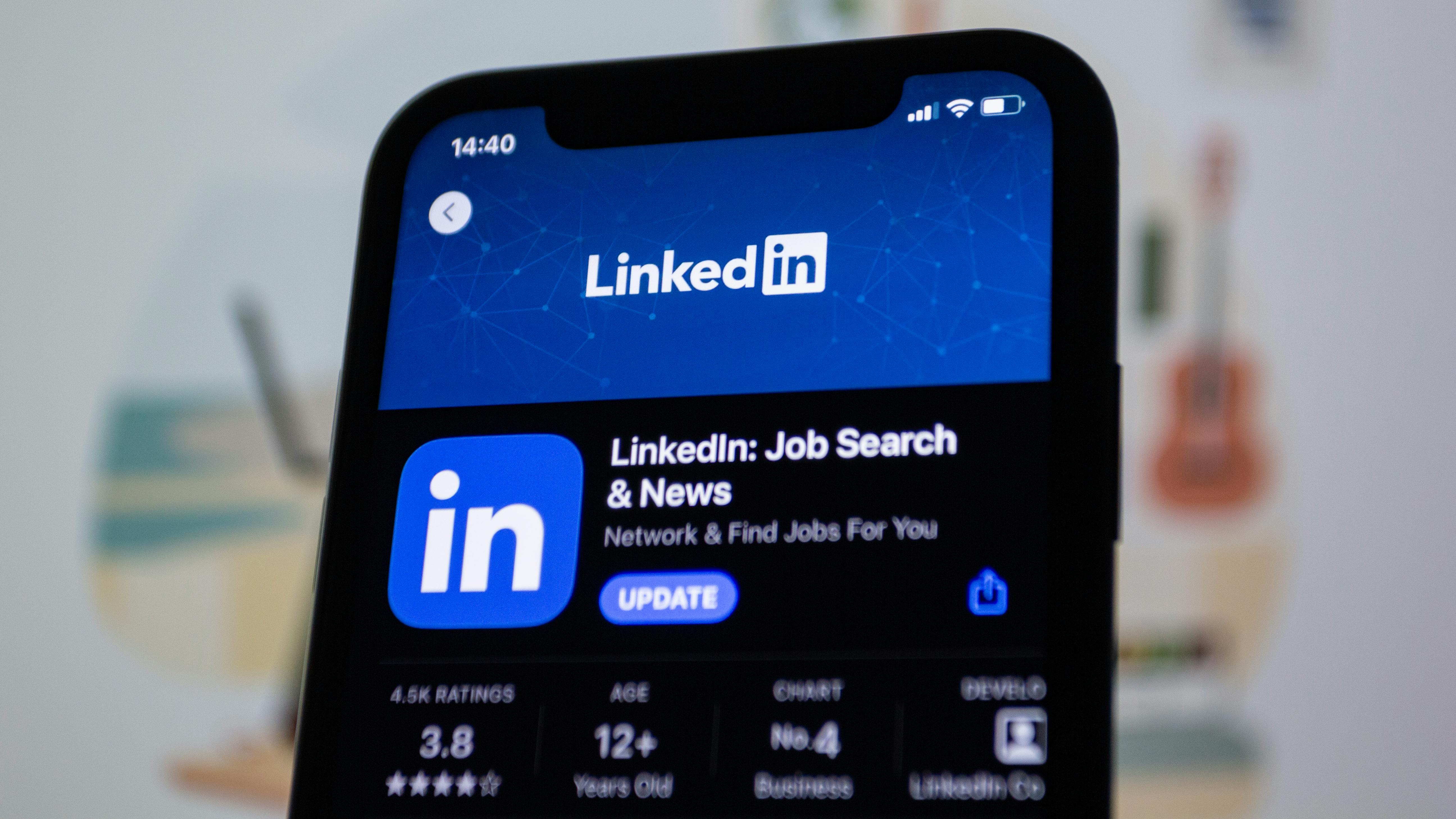Master LinkedIn Prospecting to Boost Your Business Growth
LinkedIn prospecting transforms networking by building genuine connections with decision-makers. Optimize your profile, personalize outreach, and drive growth.
Feb 25, 2025

LinkedIn isn’t just a platform for job seekers or networking anymore, it’s become a goldmine for finding potential clients and growing your business. With millions of professionals at your fingertips, it’s one of the most powerful tools to connect with decision-makers and build meaningful relationships. But let’s be real, diving into LinkedIn without a plan can feel overwhelming fast.
Whether you’re new to prospecting or just looking to sharpen your strategy, understanding how to make the most of LinkedIn can transform the way you reach out to prospects. It’s not just about sending connection requests; it’s about creating genuine connections that lead to real opportunities. Ready to unlock the potential of LinkedIn for your business? Let’s dive in.
What Is LinkedIn Prospecting?

LinkedIn prospecting involves using LinkedIn's platform to identify, engage, and build relationships with potential clients, partners, or decision-makers. It's a focused methodology within B2B lead generation strategies that enables you to leverage LinkedIn’s vast professional network to generate new opportunities.
Core Purpose of LinkedIn Prospecting
You aim to establish valuable connections that align with your business goals. By focusing on specific industries, job roles, or company types, you can narrow your outreach to individuals most likely to benefit from your services or products. Instead of cold emailing blindly, LinkedIn prospecting allows for more personalized and strategic communication.
Techniques for LinkedIn Prospecting
Optimizing Your Profile
Craft an engaging LinkedIn profile showcasing your expertise, successes, and value proposition. A complete and professional profile instills trust and creates a strong first impression.
Using Advanced Search
Leverage LinkedIn’s advanced search filters to target prospects by industry, location, title, or other relevant attributes. Incorporate Boolean searches to fine-tune results for precision. For instance, search "Marketing AND Director AND healthcare" to pinpoint specific decision-makers in healthcare marketing.
Connecting Strategically
Send personalized connection requests, referencing shared connections or mutual interests. Avoid generic messages like "I'd like to add you to my network" and instead highlight specific reasons for connecting. For example, mention how your services align with their professional goals.
Sharing Valuable Content
Post and share industry-relevant content regularly. It positions you as a thought leader and increases visibility within your target market. Engaged prospects are more likely to respond positively.
Engaging in Groups
Participate in niche LinkedIn groups relevant to your sector. Networking in active groups helps identify potential leads and opens doors for collaborative opportunities.
When LinkedIn Prospecting Is Most Effective
This approach works well when reaching B2B clients, particularly in industries where professional connections matter. Use prospecting during the initial research phase of your lead generation strategy or when expanding into new target markets. For sales and marketing teams, LinkedIn's platform offers optimal tools for developing genuine relationships over time.
Tips To Streamline LinkedIn Prospecting
Utilize automation tools to boost efficiency. These services help scale personalized messages while maintaining relevancy.
Track engagement and follow-ups using integrated CRM systems.
Focus on relationship-building rather than a direct sales pitch to avoid coming off as intrusive.
Making LinkedIn prospecting part of your broader outreach strategy ensures you’re able to unlock the platform's potential and maximize results.
Why Use LinkedIn For Prospecting?
LinkedIn offers a powerful platform for finding and engaging prospects, particularly in the B2B space. Its professional environment, advanced search capabilities, and high-quality user base make it ideal for building meaningful business connections.
Benefits Of LinkedIn Prospecting
Access To Decision-Makers: LinkedIn connects you directly with C-Suite executives, marketing leaders, and other key professionals. Using tools like LinkedIn Sales Navigator, you're able to filter searches by job title, company size, or location, narrowing your focus to the most relevant contacts.
Professional Environment: LinkedIn users are predominantly professionals seeking connections or solutions, unlike casual platforms. This makes it easier to approach conversations without invasive sales tactics and focus on delivering value.
Relationship Building: Instead of cold selling, you can engage in value-based conversations by sharing insightful content, offering assistance, or interacting with their posts. For instance, commenting meaningfully on a target prospect's updates fosters a natural relationship.
Scalability: Combining LinkedIn's outreach tools with services like Growleady can help scale your operations by automating connection requests and follow-ups, maintaining professionalism and relevance.
Comparing LinkedIn To Other Platforms
LinkedIn vs. Email Outreach: LinkedIn allows direct engagement with prospects in their professional space, unlike cold emails that may get ignored or caught in spam filters. However, cold emails are better suited for concise communication when LinkedIn connections are unavailable.
LinkedIn vs. Facebook: LinkedIn focuses entirely on professional networking, unlike Facebook, where personal interests dominate. This makes LinkedIn more effective for prospecting B2B clients and attracting decision-makers.
LinkedIn vs. Traditional Networking: Traditional events demand significant time and resources, while LinkedIn prospecting connects you to a broader audience globally, saving effort and expanding possibilities.
Integrating LinkedIn with a robust CRM ensures prospects flow seamlessly through your sales funnel. Focusing on relationship building rather than immediate selling sets the stage for long-term success.
Best Practices For LinkedIn Prospecting

LinkedIn prospecting can be a game-changer for your B2B lead generation strategy if approached strategically. Implementing proven methods ensures you connect with decision-makers while fostering meaningful relationships that support sustained business growth.
Optimizing Your Profile
Your LinkedIn profile is your first impression; make it count. Use a professional headshot and a compelling headline that clearly communicates your role and expertise. For example, instead of "Sales Manager," use "Helping Tech Startups Achieve 200% Growth Through Proven B2B Sales Techniques." Craft a summary that demonstrates your skills, accomplishments, and value proposition. Include specific metrics, like "Increased quarterly revenue by 30% through innovative cold outreach campaigns."
Make your profile SEO-friendly by integrating targeted keywords, such as "B2B lead generation" or "cold email marketing," to improve search visibility. Add relevant skills and endorsements, and request recommendations that highlight your professionalism.
Identifying Your Target Audience
Defining your target audience sharpens your prospecting efforts. Use LinkedIn's advanced search filters to narrow your audience based on job titles, industries, locations, and company sizes. For instance, if you're targeting software companies, filter for "Tech CEOs" in regions like San Francisco or New York. This ensures precision and eliminates wasted effort.
Analyze profiles to confirm alignment with your goals. Look for decision-makers like C-level executives or department heads. Join relevant LinkedIn groups where your ideal prospects are active, such as "B2B Marketing Leaders" for connecting with marketing professionals. These groups act as a direct channel to engage your audience and observe their interests and pain points.
Crafting Effective Outreach Messages
Personalized messages outperform generic templates. Address prospects by their name, reference their work, and relate to their pain points or achievements. For example, instead of writing, "I'd like to connect," say, "Hi [Name], I noticed your post on [topic] and admire how your team tackles [specific challenge]. I’d love to explore how we can collaborate."
Keep your message concise and clear, focusing on the value you provide. For example, if you're offering LinkedIn outreach services, mention how you enabled businesses to "boost response rates by 40% through tailored connection strategies." Avoid hard-selling in the initial message. Instead, aim to build rapport and establish trust.
Follow-ups are vital. Send a polite second message if there’s no response, reiterating your initial value proposition. Timing matters; space out follow-ups by a week to avoid coming across as pushy. Using CRM tools to track message performance or leveraging LinkedIn automation tools ensures consistency without compromising personalization.
Tools And Features For LinkedIn Prospecting
LinkedIn prospecting benefits from a range of tools and features designed to streamline outreach and engagement. Using these resources effectively helps you connect with decision-makers, nurture leads, and drive business growth.
LinkedIn Sales Navigator
LinkedIn Sales Navigator enhances prospecting by providing advanced search capabilities and recommended leads. You can filter leads based on job title, industry, company size, and geography, which ensures your outreach targets the right audience. For example, if you're seeking marketing directors in SaaS companies, Sales Navigator helps you identify these individuals quickly.
The platform's "Lead Recommendations" and "InMail Credits" let you engage with prospects more personally. Save specific leads to organize your pipeline efficiently or track updates that may indicate engagement opportunities, such as new job roles or company changes.
InMail And Messaging Strategies
LinkedIn's InMail feature allows direct messaging to users outside your network. Craft clear, concise, and personalized messages to stand out. Start with a subject line that sparks curiosity, such as "Quick Question About [Industry Topic]," and follow up with a short introduction and reason for contacting them. Avoid hard-selling; instead, focus on providing value or asking for insights.
For messaging strategies within your network, ensure relevance by referencing mutual interests, recent posts, or company milestones. For instance, if a prospect shared an article on marketing trends, mention it to establish rapport. Follow up thoughtfully with new discussions or updates, maintaining engagement without overwhelming the recipient.
Leveraging LinkedIn Analytics
LinkedIn Analytics provides insights into profile views, post performance, and audience demographics, helping refine your prospecting strategy. Review metrics on who's interacting with your content to understand which industries or roles are engaging most. For example, if sales professionals show high interaction, focus outreach efforts on this group.
Analyze content engagement metrics to determine what type of posts resonate with your audience, such as thought leadership articles, industry tips, or data-driven insights. Use this data to adjust your posting schedule, ensuring consistent presence while driving further interaction. Integrate LinkedIn metrics with CRM systems to track prospect progression and nurture relationships effectively.
Conclusion
LinkedIn prospecting offers you a powerful way to connect with decision-makers, expand your network, and drive meaningful business growth. By focusing on relationship-building and leveraging the platform's advanced features, you can create opportunities that align with your goals.
With the right strategies and tools, you’re equipped to stand out, foster trust, and turn connections into long-term partnerships. Take a thoughtful approach, stay consistent, and watch your LinkedIn efforts transform into measurable success.
Frequently Asked Questions
What tools can enhance LinkedIn prospecting?
LinkedIn Sales Navigator is invaluable for advanced searches and lead recommendations. The InMail feature enables direct outreach to people outside your network, while LinkedIn Analytics provides insights into audience engagement and content performance for refining strategies.
How does CRM integration benefit LinkedIn prospecting?
Integrating LinkedIn with a CRM system streamlines lead management by tracking prospects and follow-ups effectively. This ensures a consistent flow of potential clients through the sales funnel, optimizing relationship management and engagement.
What industries benefit most from LinkedIn prospecting?
LinkedIn prospecting is especially effective in B2B industries, where businesses can connect directly with professionals, decision-makers, and executives in specific sectors for meaningful business opportunities.
How is LinkedIn different from cold emailing?
Unlike cold emailing, LinkedIn allows for personable, professional interactions in a trusted platform. It facilitates direct connections with prospects and decision-makers, making relationship-building easier and more efficient.

